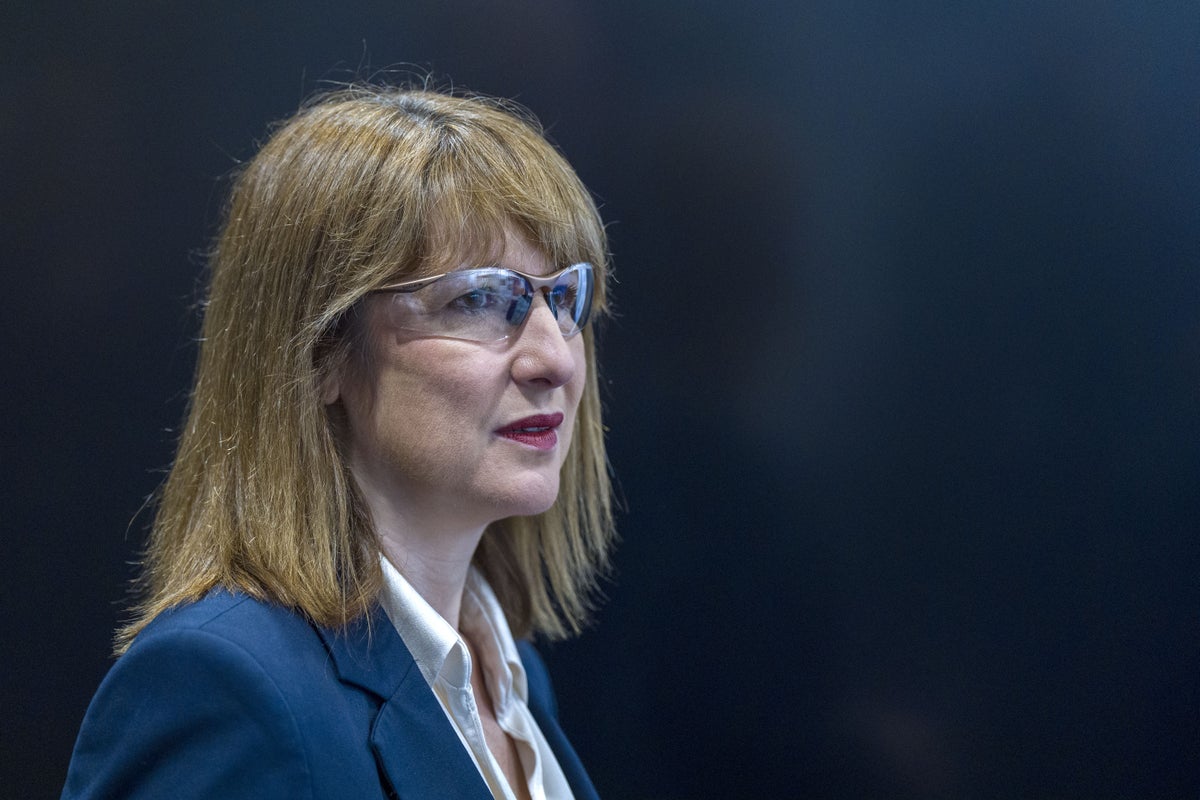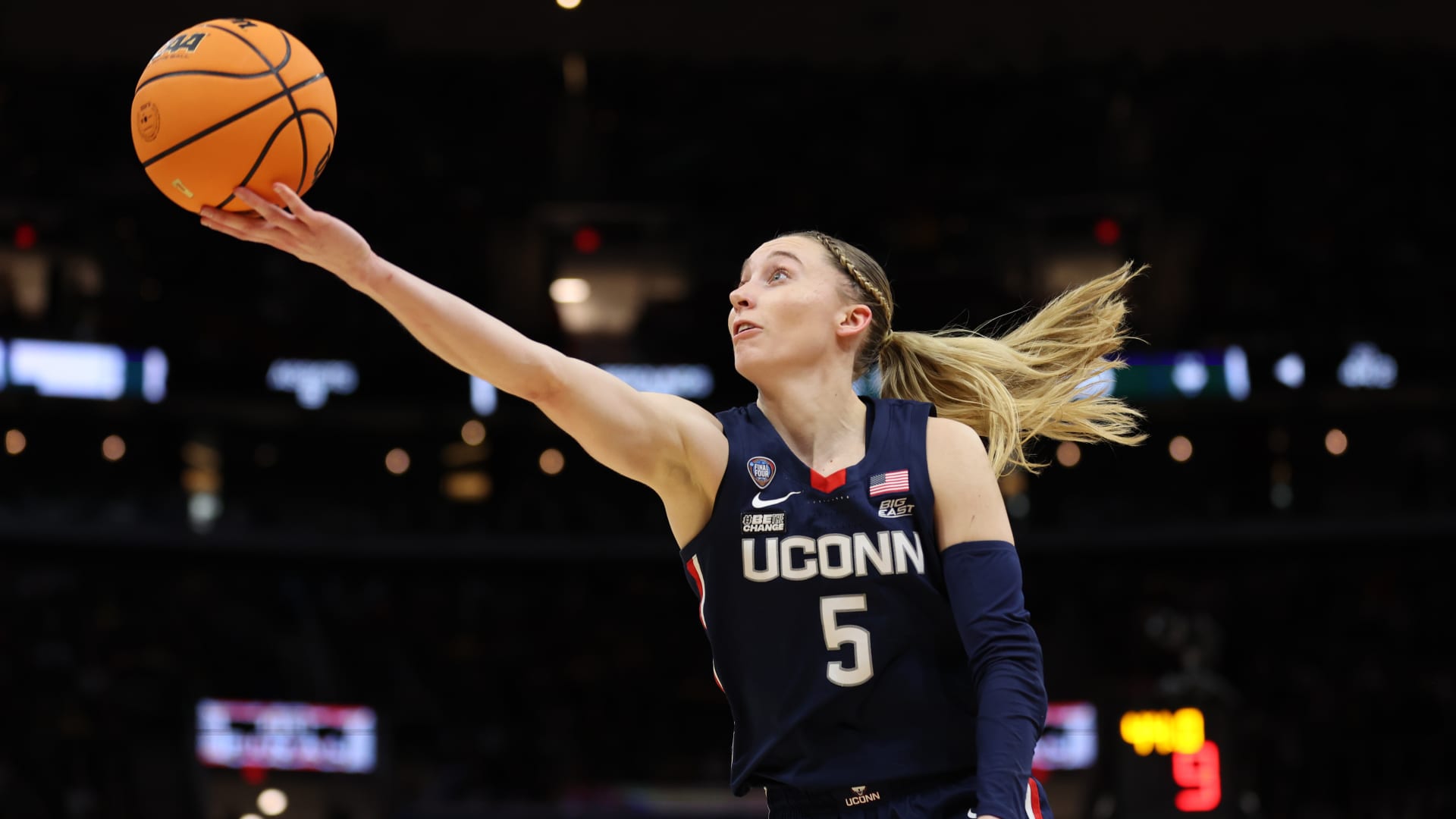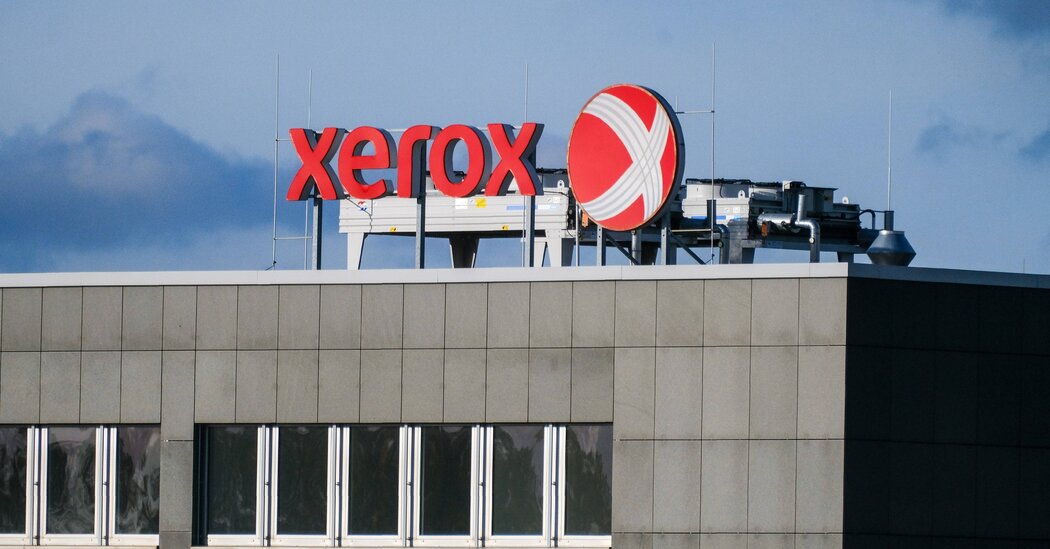Bill and Melinda Gates prepare for rain while visiting the Khayelitsha township on October 25, 2019 in Cape Town, South Africa.
Brenton Geach | Rooster Images | fake images
A version of this article first appeared in CNBC's Inside Wealth newsletter with Robert Frank, a weekly guide for high-net-worth investors and consumers. Register to receive future issues, directly to your inbox.
While donations to charities have increased, the donor pool is shrinking as philanthropy becomes hyper-concentrated among a small group of ultra-wealthy mega-donors, according to a new study.
A new report from Altrata reveals that ultra-high net worth individuals (those worth $30 million or more) now account for 38% of all individual giving in the world. Put another way, 400,000 people represent more than a third of global charity.
It's even more extreme when we look at billionaires. The world's 3,200 billionaires (representing 0.00004% of the world's population) account for 8% of individual philanthropy.
Donations from those at the top are, of course, positive. While it's worth debating whether the rich are giving enough (see Gates Foundation CEO Mark Suzman's recent annual letter on how the rich should step up their giving), overall, giving continues to grow.
The overall level of donations from ultra-high net worth individuals in 2022 was 25% higher than in 2018, despite 2022 being a bad year for financial markets, according to Altrata. Americans continue to be the most philanthropic on the planet, accounting for almost half of global donations from that upper echelon.
The challenge for wealth advisors and nonprofits is adapting to a new landscape of philanthropy dominated by C-suite leaders. Nonprofits, which for years benefited from a wide range of donors, now have to rely on a smaller group of super donors, who are already overwhelmed with requests. Charitable causes will rise and fall depending on the interests and goals of a small group of megafunders. And giving overall will become more volatile, as the benevolence of billionaires and the ultra-wealthy is largely driven by stock prices.
Amir Pasic, dean of the Lilly Family School of Philanthropy at Indiana University, says the phenomenon called “dollars up, donors down” has caused nonprofits to rethink their strategies and fundraising strategies.
“A lot of nonprofits are shifting to focus more on those major gifts and trying to figure out how to tap into foundations and wealthy donors,” he said.
At the same time, he said, some nonprofits are trying to turn the tide on wealth and use technology and more creative outreach programs to tap into a larger community of smaller, younger donors.
“It's a dead end,” he said. “Everyone is racing to the top of the pyramid, but the pyramid is becoming so concentrated that they may be neglecting the importance of reaching the donors of tomorrow.”
According to Altrata, today's ultra-rich mega-donors are mostly men, with a majority over the age of 70 and with a higher proportion of liquid wealth (i.e., cash) than the ultra-high net worth population in general. Women, however, are a rising force. While women make up 11% of the ultra-high net worth population, they make up 22% of large donors, according to the study.
Today's ultra-wealthy donors also prefer to give through private foundations and donor-advised funds (which give them more control) rather than simply writing checks to the Red Cross or United Way. Assets held in private foundations have more than doubled since 2005, to more than $1.2 trillion, according to Federal Reserve data.
Nearly one in five of all ultra-high net worth individuals have a private foundation, and 30% of those worth $100 million or more have a foundation, according to Altrata.
The giving priorities of the wealthy are also different from those of the general public, which could lead to more money flowing to causes specific to the wealthy or even a subset of a few individuals. The top charitable cause for ultra-wealthy donors was education (54%), according to Altrata. This was followed by arts and culture (32%), healthcare and medical research (28%), social services (23%), and environment/conservation/animals (14%).
While religion is by far the top charitable cause for Americans, Altrata said religion does not rank among the top seven causes for the ultra-wealthy, although Altrata noted that because donations to religion are often “anonymous and disparate nature”, the actual number may actually be higher.
“There is some evidence that the ultra-high net worth population has different biases than the general population,” Pasic said. “And that can also be skewed by a small number of very large donations to a cause.”
Sign up to receive future editions of CNBC Inside Wealth Newsletter with Robert Frank.










